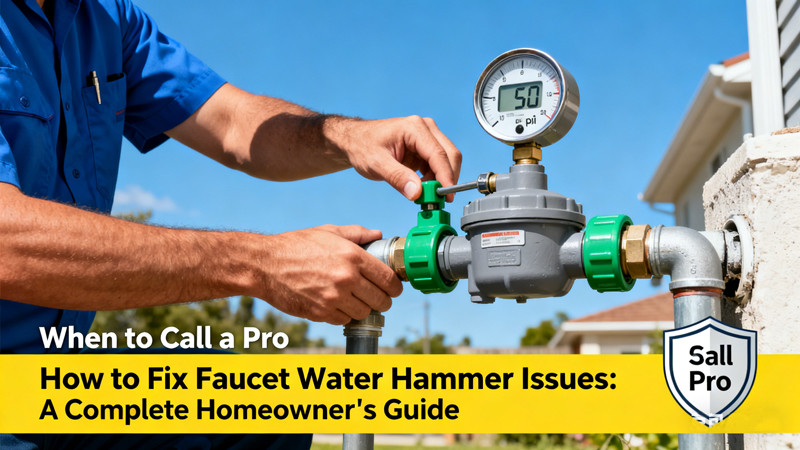 Water hammer is one of the most startling plumbing problems a homeowner can experience. That sudden bang, thud, or clanging noise when you turn a faucet on or off can sound like someone is striking your pipes with a hammer. While the noise alone is unpleasant, the real danger lies beneath the surface: it can weaken pipe joints, damage valves, stress faucet components, and eventually lead to leaks or bursts. The good news is that water hammer is entirely fixable once you understand what’s causing it.
Water hammer is one of the most startling plumbing problems a homeowner can experience. That sudden bang, thud, or clanging noise when you turn a faucet on or off can sound like someone is striking your pipes with a hammer. While the noise alone is unpleasant, the real danger lies beneath the surface: it can weaken pipe joints, damage valves, stress faucet components, and eventually lead to leaks or bursts. The good news is that water hammer is entirely fixable once you understand what’s causing it.
This guide explains what water hammer is, why it happens, the most common causes in faucet systems, and effective methods to eliminate it—for both modern and older plumbing setups.
What Is Water Hammer and Why Does It Happen?
It occurs when fast-moving water inside a pipe is forced to stop or change direction abruptly. Because water doesn’t compress like air, this sudden stop creates a shock wave that travels through the piping system. The shock causes the pipes to rattle, bang against walls, or vibrate loudly.
Faucets—especially those with fast-closing valves—are common triggers for water hammer because they disrupt water flow quickly.
The main causes include:
- High water pressure
- Quick shutoff valves (cartridges, solenoids, quarter-turn faucets)
- Loose or unsupported pipes
- Air chambers filled with water
- Faulty or worn faucet cartridges
- Long stretches of straight pipe with no damping
Understanding the cause is essential for choosing the right fix.
Signs Your Faucet Is Causing Water Hammer
While water hammer can originate anywhere in the home, these clues indicate your faucet is the source:
- Loud banging immediately after shutting the faucet off
- Pipes vibrating behind the wall when water flow changes
- Noise occurring only on cold or only on hot water
- Water hammer worsens when faucet is opened quickly
- Other fixtures operate quietly
If these match your symptoms, your faucet is likely contributing to the issue.
Step-by-Step Methods to Fix Faucet Water Hammer
Below are the most effective solutions, starting from simplest to most advanced. Most homes need only one or two interventions to eliminate water hammer entirely.
1. Reduce the Water Pressure
High water pressure is the most common cause. When pressure is too high, even normal valve movements create shock waves.
How to Check:
You can test pressure with an inexpensive pressure gauge attached to an outdoor spigot or washing machine valve.
Ideal household pressure: 50–60 PSI
Maximum recommended: 80 PSI
How to Fix:
- Adjust the PRV (Pressure Reducing Valve) near the main water entry.
- If your home does not have one, installing a PRV is the best long-term solution.
A correctly set PRV instantly reduces water hammer in most homes.
2. Install a Water Hammer Arrestor
A water hammer arrestor absorbs shock using a sealed air cushion. These are highly effective for fixtures with fast-closing valves, such as:
- Single-handle faucets
- Pull-down kitchen faucets
- Bathroom faucets with ceramic discs
- Washing machines and dishwashers
Where to Install:
- On the supply lines to the noisy faucet
- Behind the wall or surface-mounted
- Near water-using appliances
Arrestors are inexpensive, long-lasting, and often the ultimate fix.
3. Add or Restore Air Chambers
Older homes often have built-in vertical air chambers near faucets. Over time, these chambers fill with water and no longer cushion the pressure spikes.
How to Restore an Air Chamber:
- Turn off the main water supply.
- Open all faucets in the house to drain water.
- Wait until water stops flowing and air enters the lines.
- Turn the main supply back on.
This traps air in the chamber again, restoring its cushioning ability.
While this method works, arrestors are more reliable for long-term stability.
4. Secure Loose or Vibrating Pipes
Pipes that are not properly fastened will move when pressure changes, making it sound louder.
Fixing Loose Pipes:
- Add pipe straps or clamps behind walls (if accessible).
- Use padded supports to reduce vibration.
- Tighten existing brackets.
- Add foam insulation where pipes touch wood or metal framing.
This method is especially effective in basements, crawlspaces, and under sinks.
5. Replace a Faulty or Fast-Closing Faucet Cartridge
Some faucet cartridges close water flow too suddenly, especially when worn or clogged with mineral deposits.
Signs of cartridge problems include:
- Handle snaps shut suddenly
- Faucet makes noise only when closing hot water
- Handle feels rough, tight, or uneven
- Water hammer occurs only at one specific faucet
Fix:
Remove the handle and replace the cartridge with a matching model.
Applying plumber’s grease to new O-rings also helps smooth valve operation and reduce shock.
6. Add Flexible Supply Lines
Rigid copper or steel lines transfer shock more easily than flexible braided hoses. Most modern faucets use braided stainless-steel supply lines, which absorb vibration and reduce hammering.
If your faucet still uses rigid pipes, upgrading the lines is a simple and inexpensive improvement.
7. Open and Close the Faucet More Slowly
If the issue happens only when the faucet is closed rapidly, adjusting how the faucet is used can help—especially with quarter-turn or ceramic disc valves.
This isn’t a complete solution, but it can reduce noise temporarily.
When Water Hammer Requires Professional Help
Call a plumber if:
- The house has high pressure above 120 PSI
- Noise occurs in multiple fixtures
- Pipes are hidden in inaccessible walls
- Water hammer persists after installing arrestors
- You suspect a failing PRV or main valve
Long-term water hammer can weaken pipes, so it’s not a problem to ignore.
Preventing Water Hammer in the Future
Maintenance and small adjustments can help prevent water hammer from returning:
- Keep water pressure regulated
- Replace worn cartridges early
- Choose faucets with slow-stop mechanisms
- Use high-quality supply lines
- Ensure pipes are well-secured in new construction
- Install arrestors for appliances that shut off rapidly
With proper maintenance, you can eliminate water hammer for years.
Final Thoughts
Faucet water hammer is loud, disruptive, and potentially damaging—but it’s also one of the most fixable plumbing issues. By reducing water pressure, installing water hammer arrestors, securing loose pipes, replacing faulty cartridges, and ensuring your water lines are properly supported, you can stop the hammering and protect your plumbing system. Most repairs are quick, affordable, and well within DIY capability.
 WOWOW Faucets
WOWOW Faucets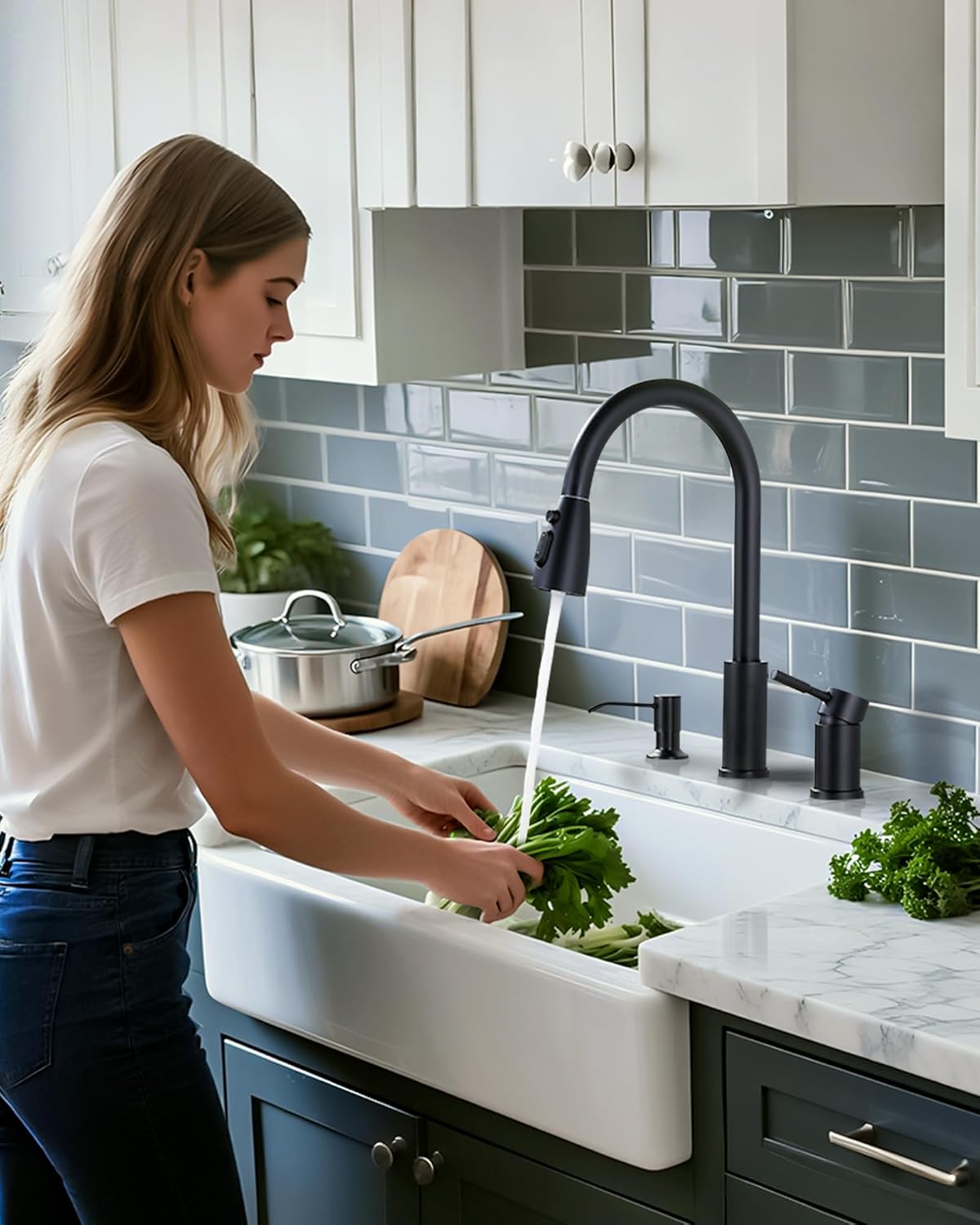
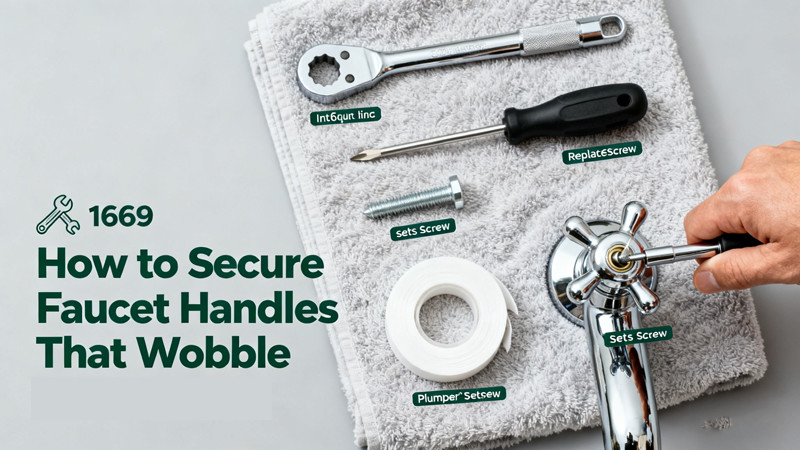
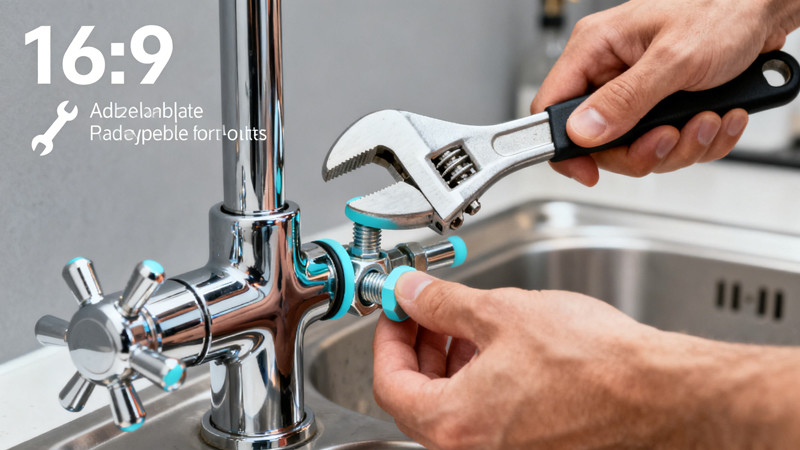

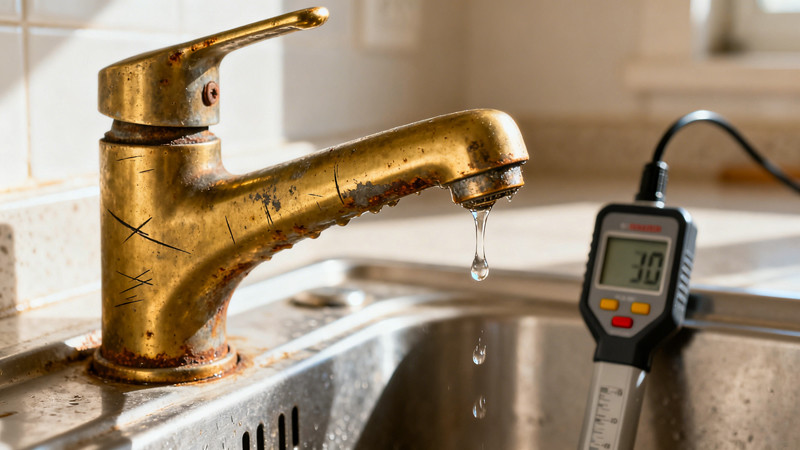
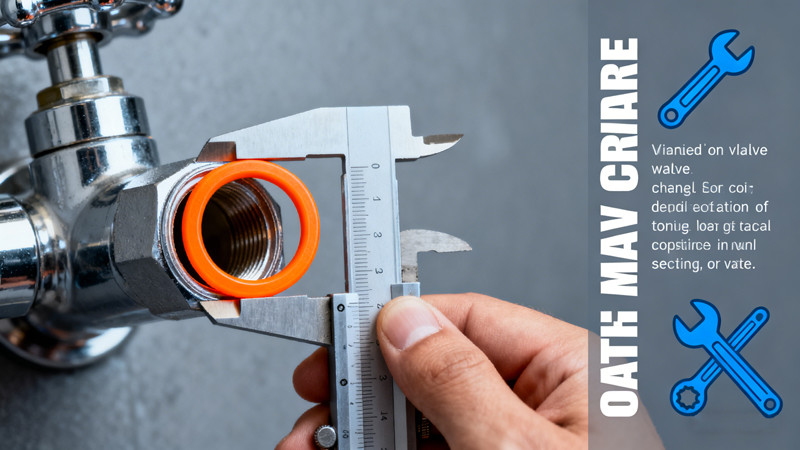
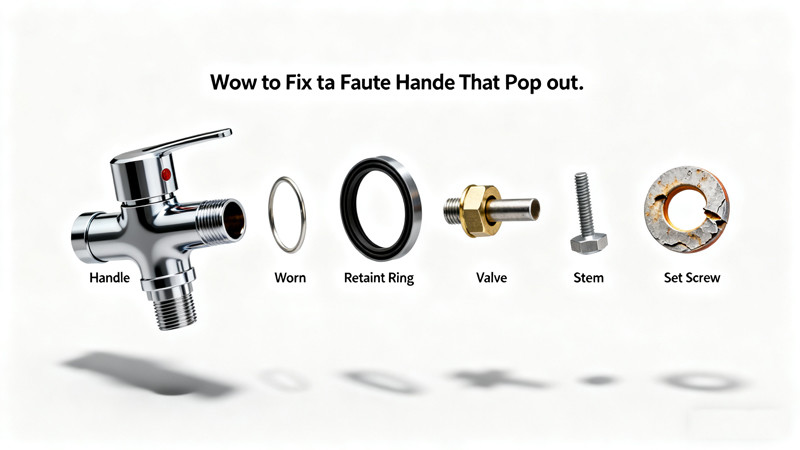
您好!Please sign in